Life Update + What’s Next!
July 25, 2024
To say a lot has changed in the past four years would be an understatement. When I began writing on my first blog eight years ago as a 16-year-old high school student living in rural Northern Louisiana, I chronicled my journey as an amateur horticulturist striving to hone my horticultural skills and create the garden of my dreams. I aspired to one day pursue my passion for plants as a career, and dreamed of visiting the places I encountered in the many gardening books I read. I was fortunate to have ample gardening space to hone various horticultural skills, and even tried my hand at designing my own garden. Despite countless challenges along the way, including a miniscule budget, intense, ovenlike summer heat (the heat index was commonly above 110 degrees once humidity was factored in), high pest and disease pressure, and a busy schedule, I made it work.
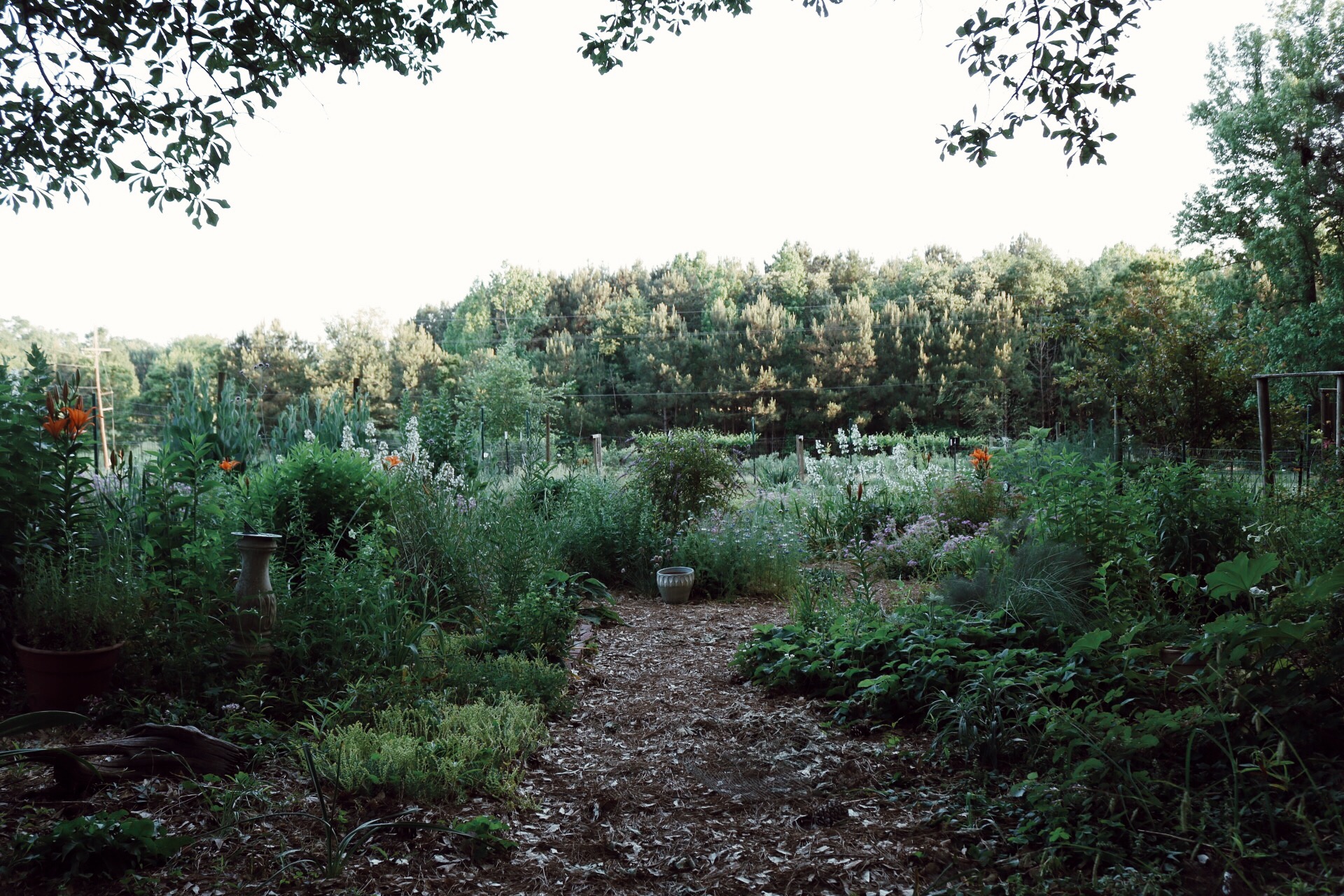
My garden was far from perfect – in fact, I likely experienced far more failures than successes. I frequently returned home from summer vacations to discover my garden completely engulfed in Bindweed (Convolvulus spp.), Purple Nutsedge (Cyperus rotundus), Bermudagrass (Cynodon dactylon), and a plethora of equally annoying annual weeds, such as Chamber Bitter (Phyllanthus urinaria) and Crabgrass (Digitaria spp.). Given that most of the books I read were written by authors in other parts of the country or globe, I frequently ordered plants via mail with no proven track record in my area. In fact, I sometimes ordered plants that I was specifically told would not thrive in Louisiana, often crossing my fingers and hoping that the gardener who gave said piece of information simply had a bad experience with a particular cultivar or species. Oftentimes, they were right, and my newly-acquired treasures melted away seemingly overnight. As it turns out, Rosa glauca, one of gardening celebrity Monty Don’s favorite roses, is apparently allergic to the heat and humidity of Louisiana summers, and many peonies, despite returning for multiple seasons, lacked vigor and often disappeared after a few growing seasons. I even tried, on three separate occasions, to grow one of my favorite woodland perennials encountered in my reading, Paris polyphylla, none of which were successful.
Despite these challenges, which at times seemed insurmountable, I look back on that experience as a wild success. I learned countless horticultural techniques, honed my garden design skills, and cultivated a keen awareness of the ecology at work in and around a garden. I also became intimately familiar with the hundreds of plants grown in my garden, including habitat preferences, maintenance requirements, seasons of interest, and various other nuances associated with an individual species. What more could I ask for?
After a few, glorious years of working on my garden in Louisiana, after school and all summer, exploring my passion for plants and garden design while occasionally sharing discoveries via my blog, I embarked on a journey common to many people my age – secondary education, otherwise known as college. I was never overly enthusiastic about attending college. Sure, it might afford opportunities I might not have found otherwise, and, of course, I would be surrounded by peers who are (hopefully) as enthusiastic as I am about plants, but I still questioned whether leaving my family, friends, garden, and life in Louisiana was the correct decision. However, I was certain I wanted to pursue a career in the fields of horticulture and garden design, and the options in my home state were limited. After much contemplation, I made the decision to move cross-country to Ithaca, New York, where I pursued a degree in the Plant Sciences at Cornell University.
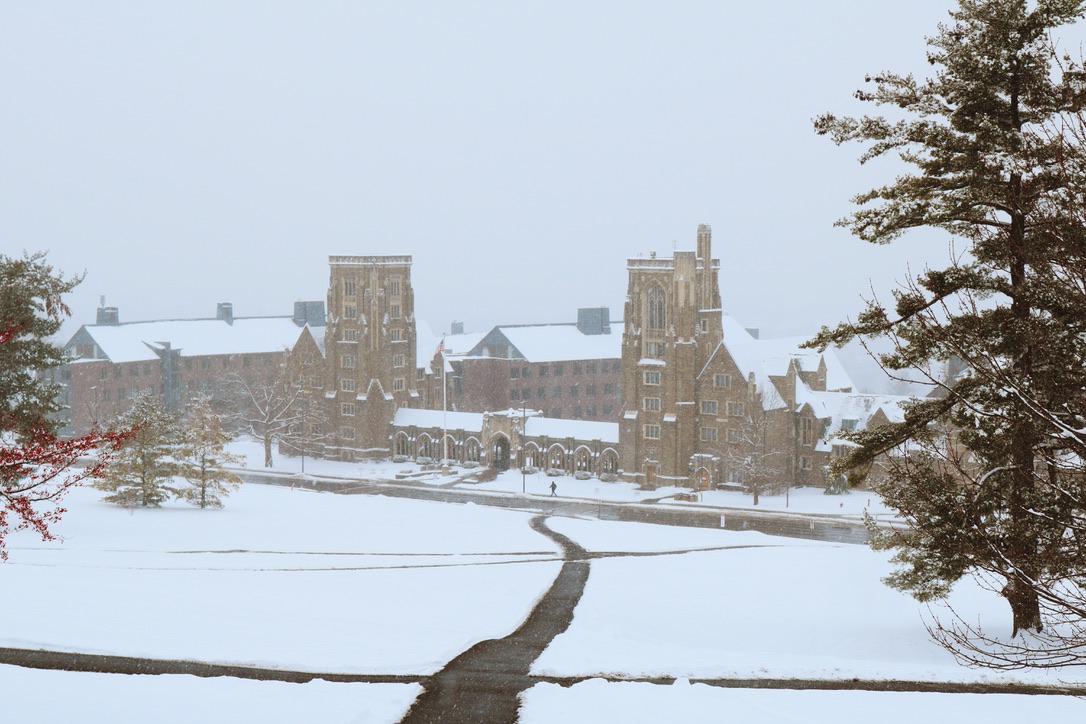
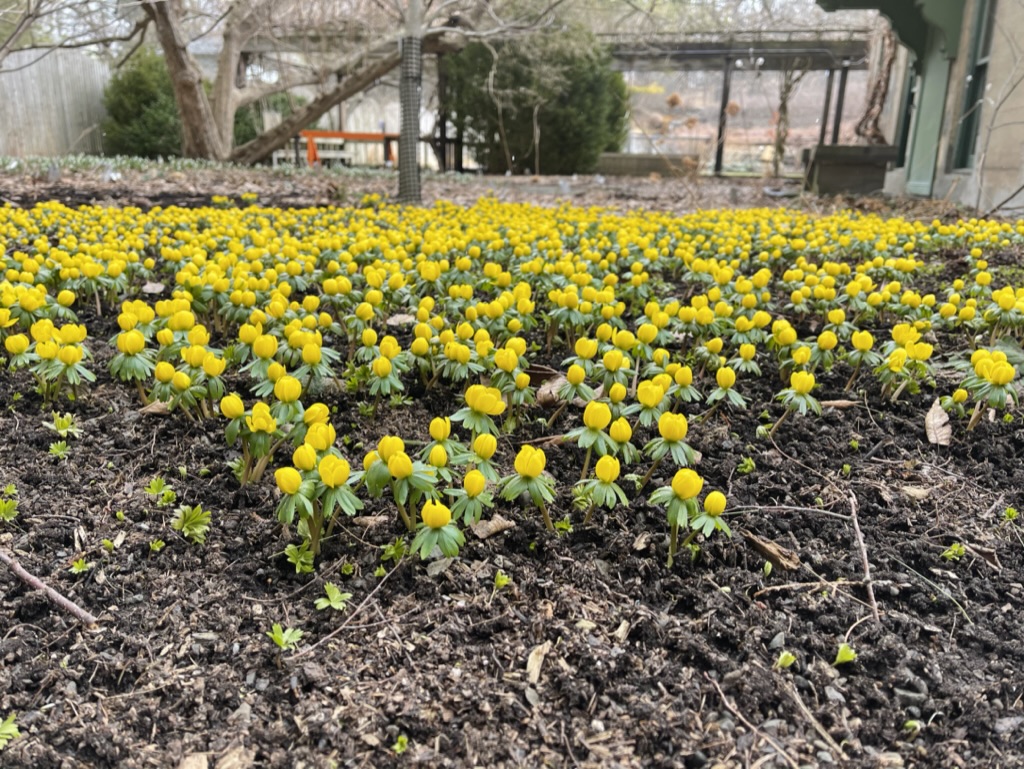
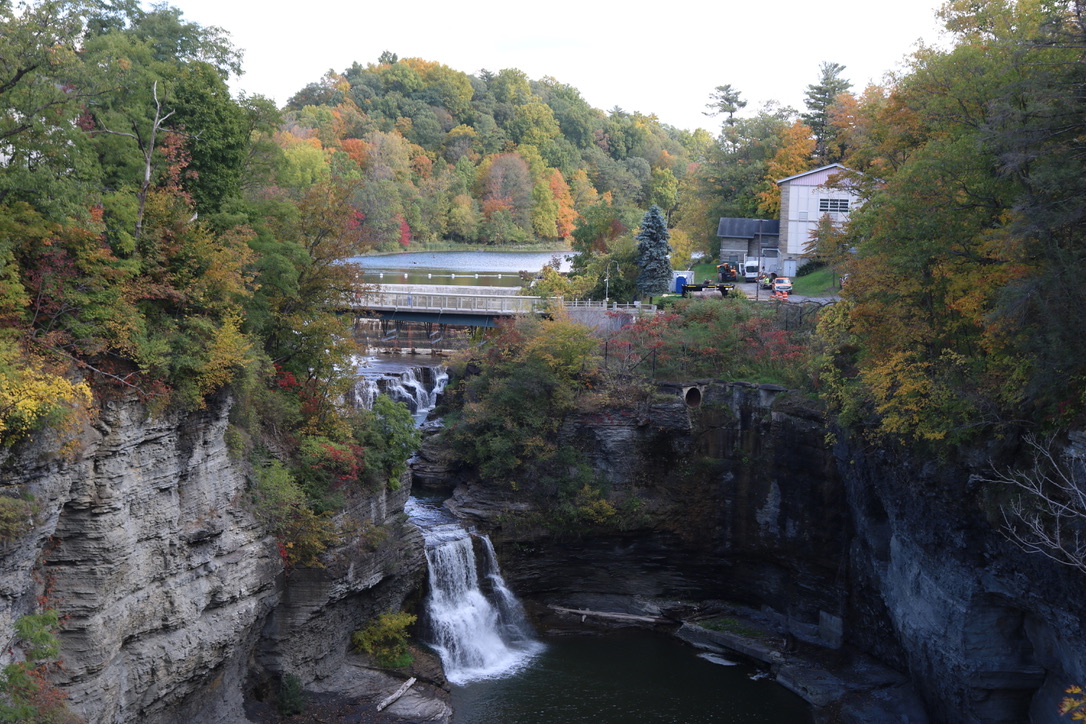
The Finger Lakes Region of New York was chock-full of idyllic, postcard-ready landscapes, with countless waterfalls, breathtaking gorges, rolling hills, and beautiful fall colors, something Louisiana notably lacked. Despite this, I was miserable. I began in 2020, in the midst of a pandemic, was isolated from many of my classmates for the first couple semesters, and experienced the first bitterly-cold-by-my-standards New York winter largely alone. I missed my friends, family, and the life I once knew. I missed my garden. I missed planting bulbs in preparation for spring, the seasonal pruning tasks, perusing the seed catalogues for new and interesting plants to start in preparation for next spring; even the mundane tasks of invasive plant removal and weed management seemed interesting now that I was unable to do them. I found that, while Cornell was most certainly a vibrant academic environment full of brilliant scientists and educators, much of my education lacked the hands-on, dirt-under-nails approach that first enamored me as a child. Many of my courses were relegated to classrooms and sterile labs, and I often struggled to identify a connection between them and the living, breathing plants I had become intimately familiar with as a gardener.
It wasn’t until the fall semester of my second year that I began to think that maybe – just maybe – school had more to offer than I thought. I enrolled in PLHRT 4020: Plant Propagation, taught by Dr. Mark Bridgen, a professor specializing in ornamental horticulture and plant propagation, including tissue culture and ornamental plant breeding. I’ll admit, I was worried after the first lecture, which consisted of a PowerPoint presentation introducing plant propagation and the various topics we would cover over the course of the semester. However, the lab period redeemed the course, as we began with a practical overview of various propagation techniques and, over the course of the semester, gained hands-on experience propagating a wide variety of plants using the methods discussed during class. Although these types of classes were still in the minority, they offered a breath of fresh air, and more importantly, hope, that this degree I was pursuing was not all for nothing.
During my time at Cornell, I also explored my passion for landscape design through a minor in Landscape Architecture, which, surprisingly, focused on practical ecological and horticultural principles more than many of the classes within my major. The design studios were intense, but rewarding, and each brought new challenges that often required a large amount of both scientific and design research along the way. In addition to in-class experiences, the Cornell Botanic Gardens offered various opportunities for me to reconnect with my horticultural “roots” via hands-on landscape design, installation, and maintenance as a member of their Sustainable Landscapes Team. I greatly enjoyed meeting with the team over cups of hot tea every Saturday before doing everything from garden brainstorming sessions to planting trees and pruning out-of-control shrubs in the wildflower garden. Interestingly enough, my final couple semesters were largely spent outside of the Plant Sciences department, focusing on landscape design, ecology, hands-on horticulture, and other topics of interest.
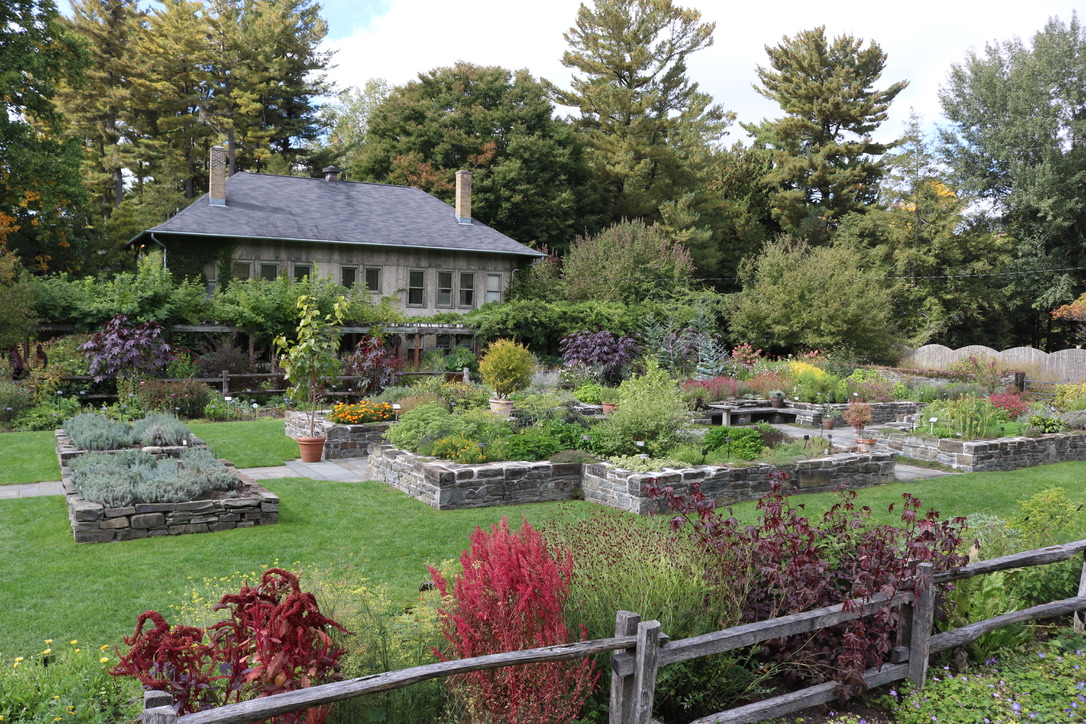
As my graduation date loomed on the horizon, I still harbored doubts about what my next steps should be. Many of my Plant Sciences classmates were focusing on research and aspired to remain in academia for the next few years. Although I had grown accustomed to university life (and might I even say, enjoyed it!), I longed for a change, for a chance to apply and refine the knowledge gained from my studies in the real world. I began brainstorming career directions, creating lists of my various interests and passions, which, of course, included horticulture and garden design, as well as writing, education, entrepreneurship, and music (which I crossed off almost immediately). I applied to a few jobs and programs, and asked friends, family, and even people who I didn’t know personally but respected for advice regarding my career. The consensus was clear: I must do something related to either growing or designing with plants. With that in mind, I continued to explore careers, jobs, and programs (both academic and professional) that fit that criteria.
During this process, I recalled a program I was once considering before attending Cornell which seemed to tick all of my mental boxes. The program, the Professional Horticulture Program at Longwood Gardens, is described on their website as a “two-year, tuition-free program that combines hands-on, immersive learning with classroom experience to train and prepare future horticulturists for successful careers.” Additional anecdotes from the Longwood website describe the program as a “personalized learning experience” and even mention that, as a part of the program, students are required to keep a small garden. Oh, and they even include some foundational business education for the students who are interested in business. Need I say more?
Needless to say, I applied immediately and, after a lengthy application/interview process, was accepted into the program (woot woot!!).
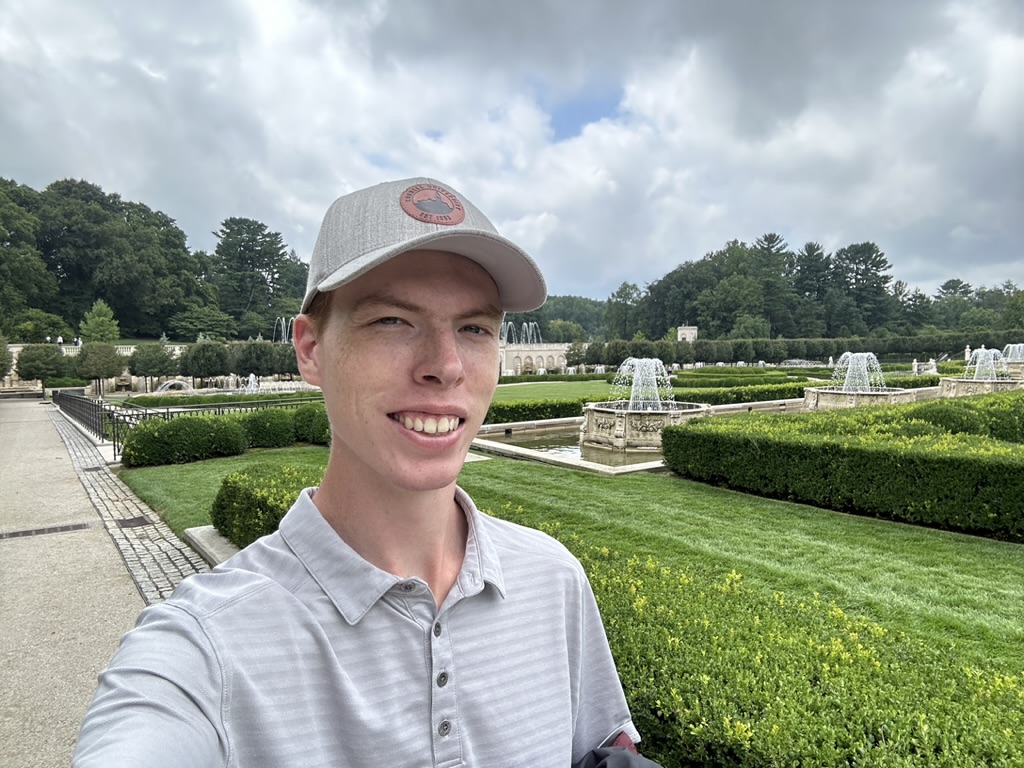
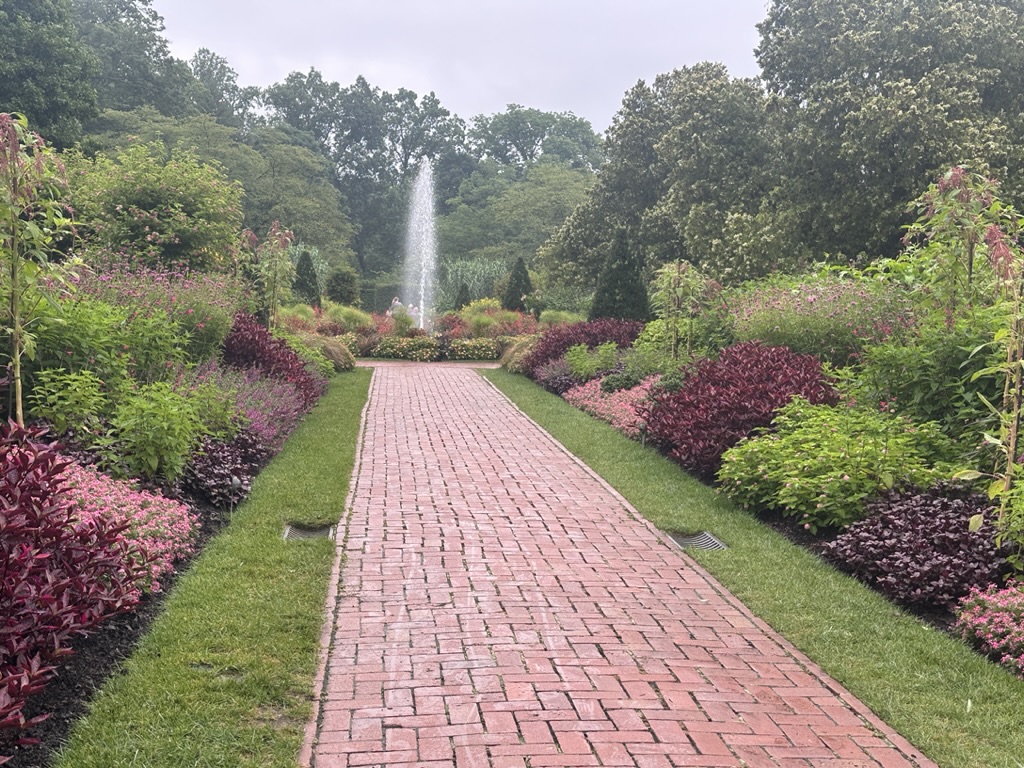
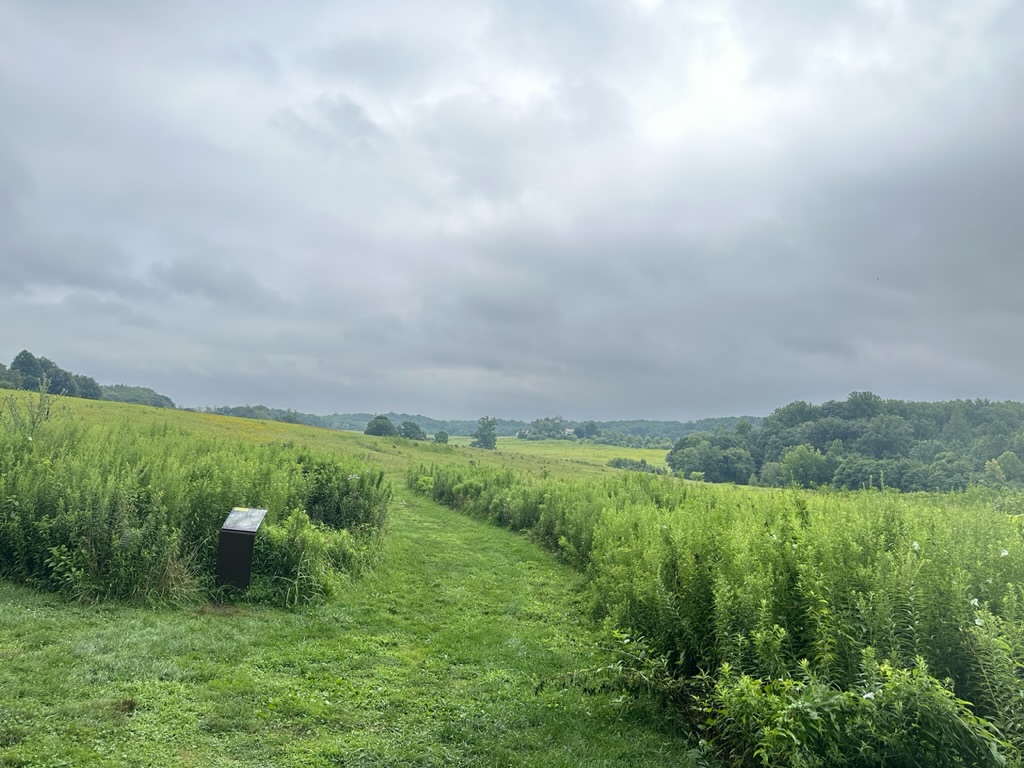
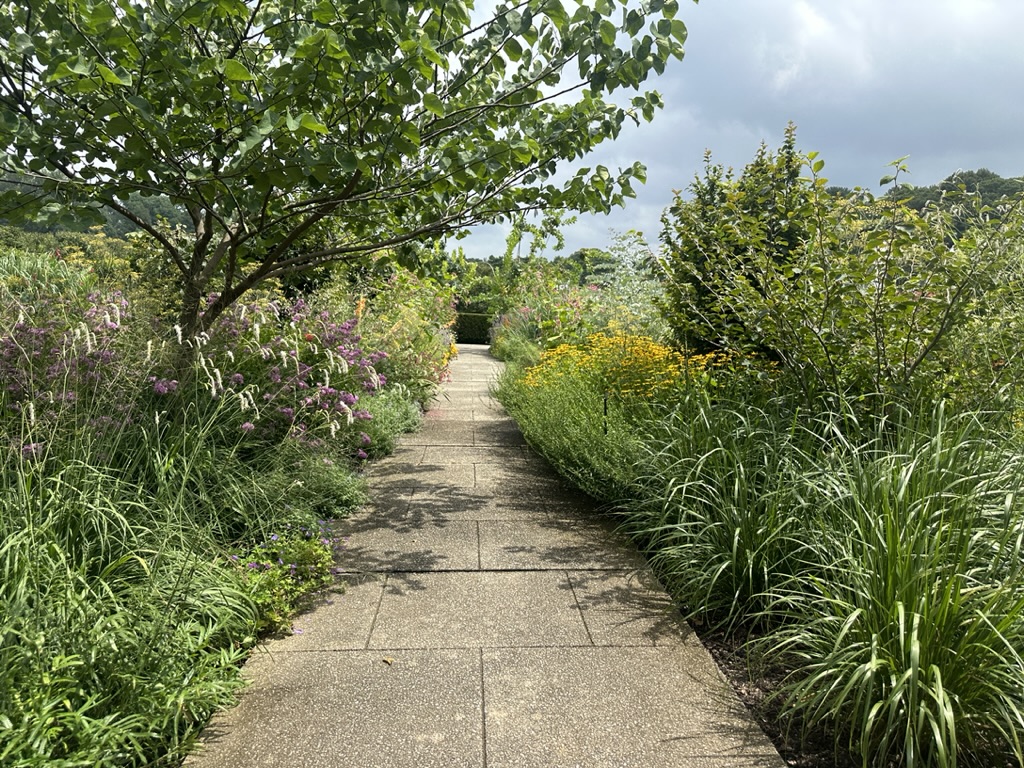
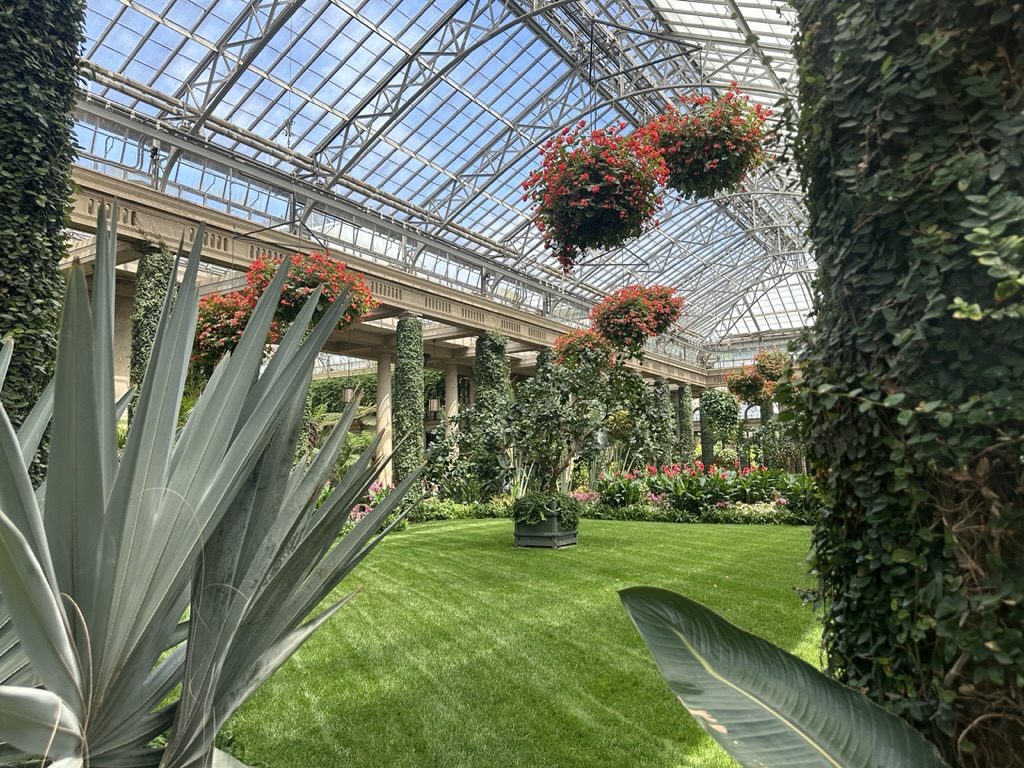
All of that to say, a lot has changed in the past four years. I survived a pandemic and a stressful move cross-country away from everything I knew. However, my passion for plants has remained, and, in the end, I am right where I should be: pursuing my passion for plants and horticulture at one of the largest gardens in the United States, where I hope to fully immerse myself in all aspects of the garden. The best is certainly yet to come, and I cannot wait to begin this next chapter of my life.
Until next time, happy gardening!
-Travis
Add a comment
0 Comments